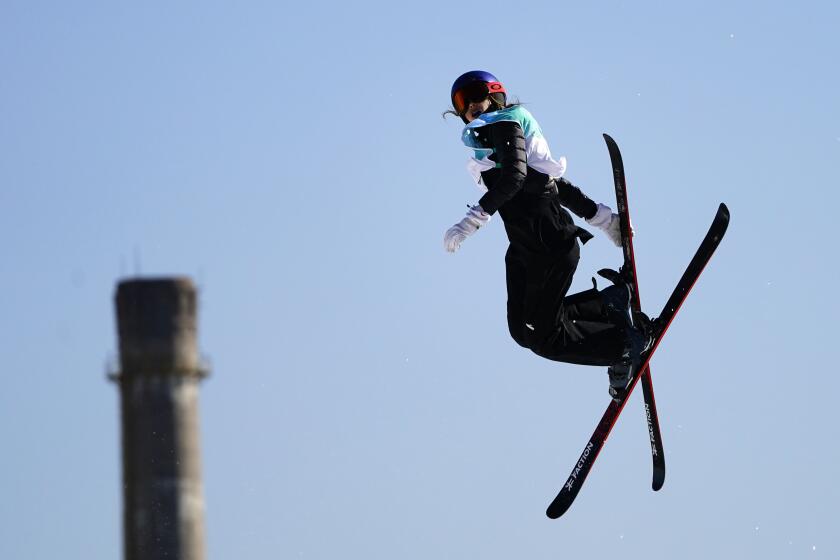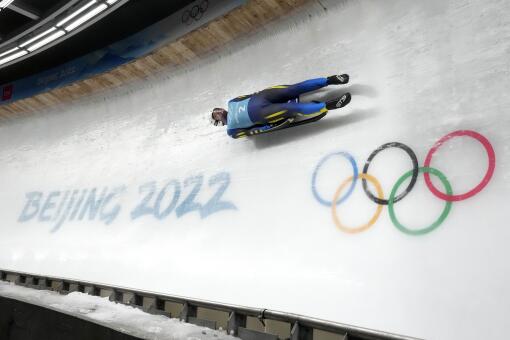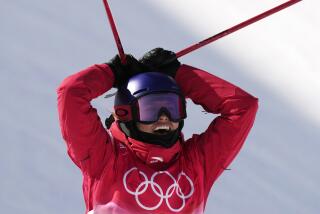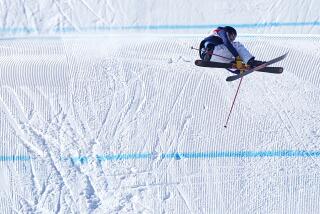Aerial skiing demands big air, big pressure in one-and-done final
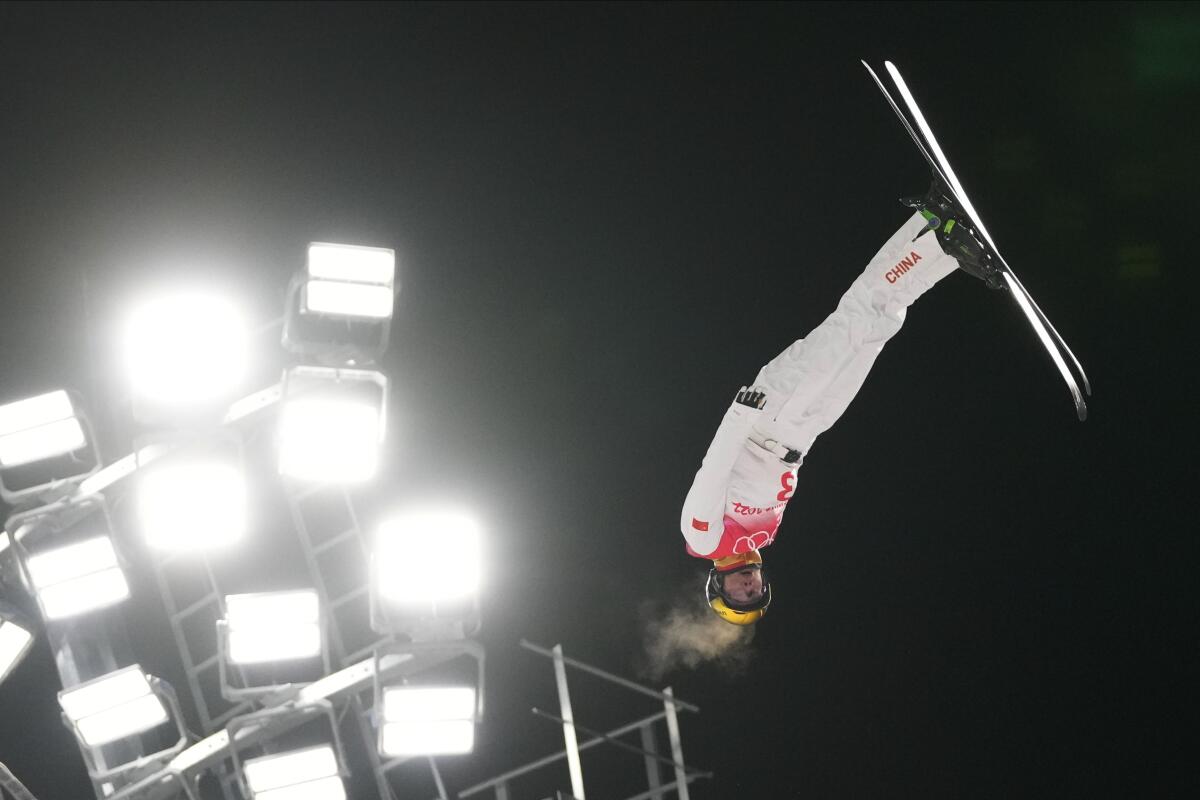
ZHANGJIAKOU, China — On one side of Genting Snow Park, snowboarders won medals after falling more than landing. Freestyle skiers who missed their first runs took solace knowing they had two more tries.
On the aerials course, Chris Lillis didn’t have that cushion.
In a sport that flies arguably higher than any other at the adrenaline-fueled Winter Olympics, aerial skiers also have the smallest margin for error. With no do-overs in the one-jump six-man freestyle skiing aerials super final, Lillis and teammate Justin Schoenefeld finished sixth and fifth, respectively, on Wednesday.
China’s Qi Guangpu won his first Olympic gold by stomping a quintuple-twisting, triple-flipping trick that elicited cheers from the crowd of volunteers and Chinese reporters pulling for the hometown jumper in his fourth Olympics. Qi’s score of 129.00 smashed the competition as defending gold medalist Oleksandr Abramenko of Ukraine took silver with 116.50 points followed by the Russian Olympic Committee’s Ilia Burov, who scored 114.93 points.
Chinese star Eileen Gu, 18, won gold in the inaugural women’s freestyle skiing competition before a home crowd Tuesday at the Winter Olympics.
Lillis, who took silver at the world championships in 2021, was in podium position after the first 12-man final. After landing a quadruple-twisting, triple-flipping trick during the first final to advance in third place, Lillis upgraded to five twists in the last round, but over-rotated and fell backward. The 23-year-old called it “devastating” not to finish on the podium, especially when he knew he had the capability, but embraced the sport’s high-stakes format that “sets us apart from other freestyle sports.”
“There’s a lot of pressure and that’s something we just train to execute,” Lillis said. “Every jump, every day. I think the format is great. We like it.”
Schoenefeld admitted the format was “pretty annoying,” but recognized that it’s something competitors are used to, because as harsh as the Olympic format seems, it’s more forgiving than what aerialists face in most competitions.
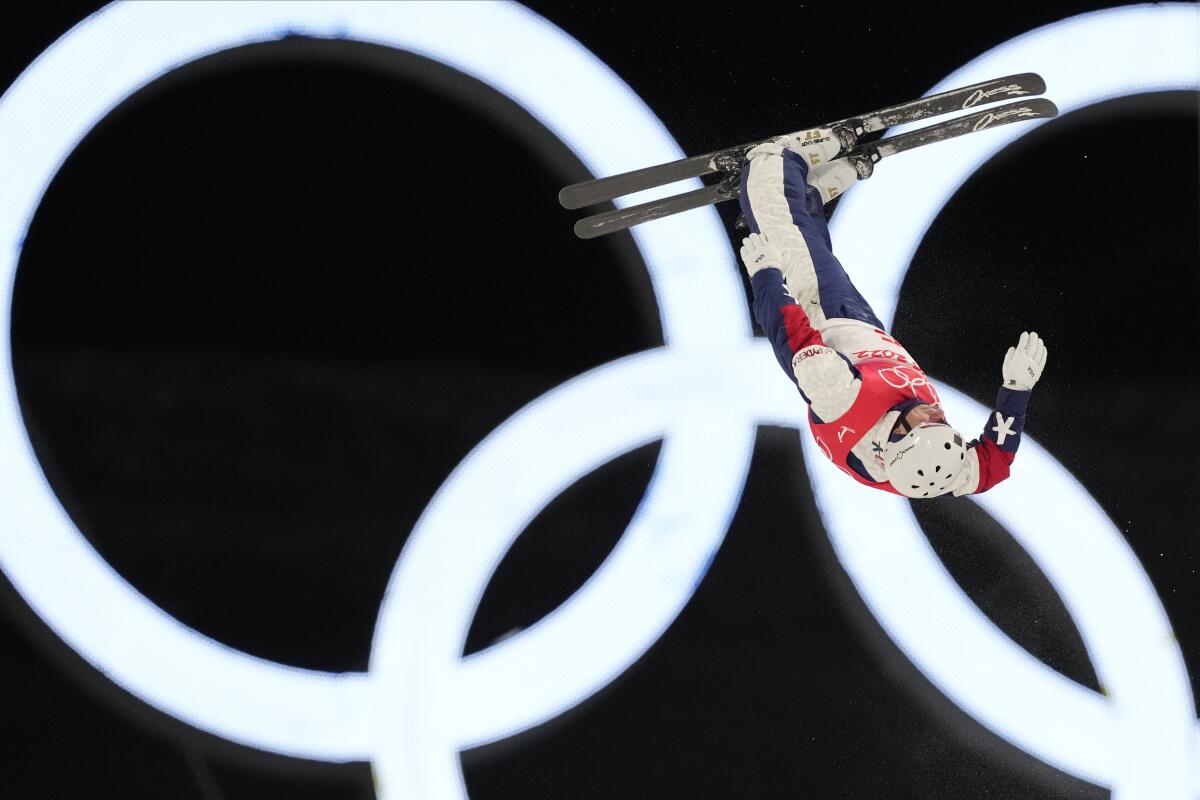
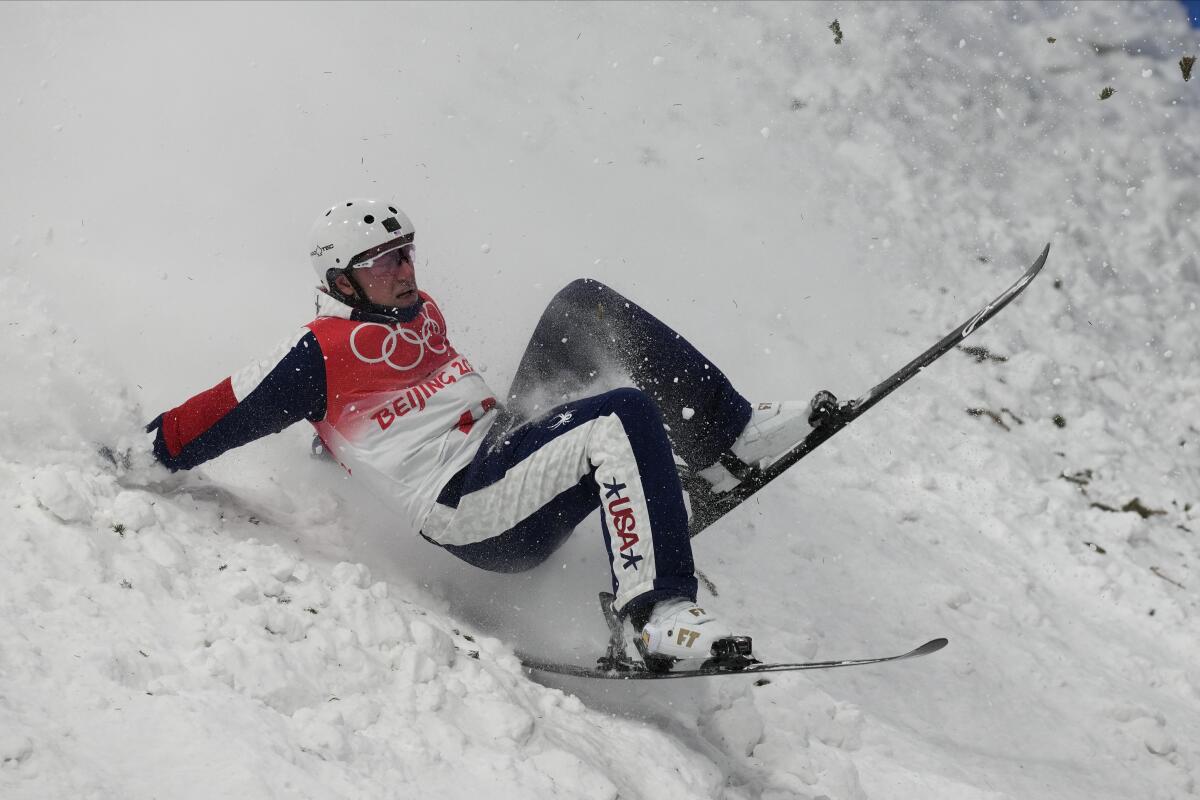
World Cup events allow only one jump in qualifying, finals and super finals. At the Olympics, athletes have two attempts in the qualifying round and the first final. Only the super final is decided on a single winner-take-all run.
“I like [the two-jump qualification] in these big events because it lets people really go for it in those rounds and you see super high scores going into that final round,” Lillis said. “But at the end of the day, you gotta decide a winner and I’d say it’s the culture of our sport to just go big or go home and try to stick it and try to take home the W.”
Lillis and Schoenefeld helped the United States to a gold medal in the team event, where Lillis nailed the same trick he tried in Wednesday’s super final. The famed “quint” was the standard for podium contention as all but one competitor attempted a trick with three flips and five twists in the last round.
“There’s a lot of pressure and that’s something we just train to execute. Every jump, every day.”
— U.S. aerials skier Chris Lillis
Bronze medalist Burov was the only athlete not to throw the difficult trick in the last round, but he used it in the first final, where he scored the night’s highest score of 129.5.
Four years ago in Pyeongchang, only one man attempted a quint in the final, and he fell. The sport that sends athletes barreling down a ramp at 40 miles per hour and propels them more than 60 feet is reaching new heights, but athletes are also wondering whether they’re approaching the limit.
Lillis ruled out the possibility of adding another rotation as some athletes have tried the daring quadruple flip but got seriously injured, he said. So from a safety point of view, could the only next progression be reaching six twists?
“That’s a lot of twists,” Lillis said with uncertainty in his voice.
But four years is a long time, he added, and yes, he’s still got eyes on possibly developing it.
More to Read
Go beyond the scoreboard
Get the latest on L.A.'s teams in the daily Sports Report newsletter.
You may occasionally receive promotional content from the Los Angeles Times.

